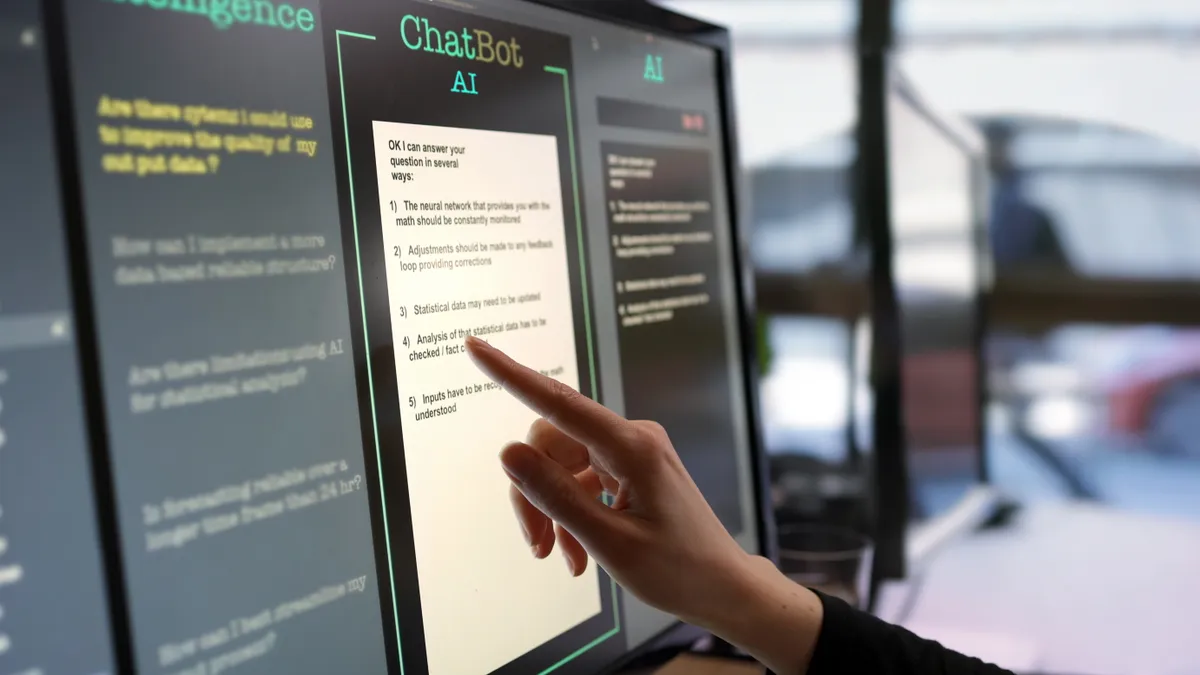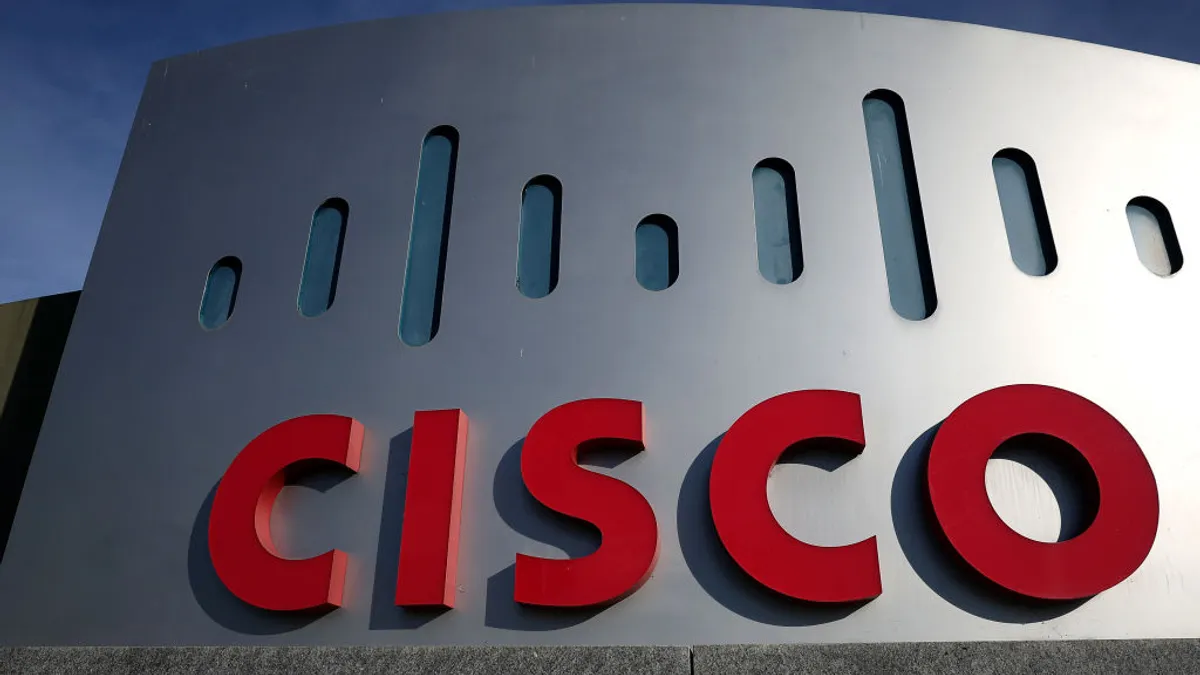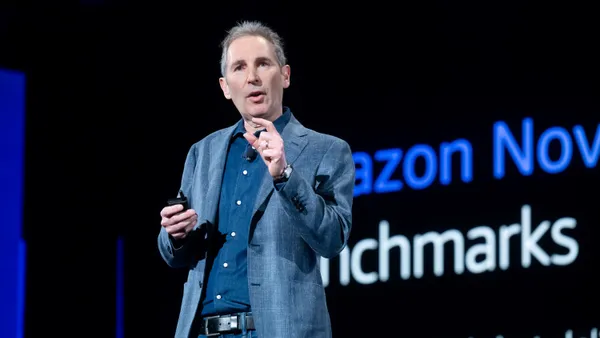Dive Brief:
- Major businesses are implementing AI-powered chatbots from CX software vendors Sprinklr and Verint, the companies said during earnings calls last week.
- Sprinklr reported that a large North American retailer implemented its AI self-service software and increased call deflection up to 35%. That led to an estimated 420,000 fewer annual calls reaching live agents, Ragy Thomas, founder and CEO of Sprinklr, said last week on a Q2 2025 earnings call.
- A bank that implemented Verint’s AI solution contained 80% of customer interactions in self-service, and a large healthcare company used it to automate the wrap up portion of calls and reduce average duration by 30 seconds, according to Dan Bodner, CEO of Verint, said last week on a Q2 2025 earnings call.
Dive Insight:
As more companies add generative AI tools to their business operations, major contact center solution providers like Sprinklr and Verint are positioning themselves to ride the wave of adoption.
Many more companies will introduce some form of generative AI into their customer service operations by the end of 2025, according to Thomas Randall, director of AI market research at Info-Tech Research Group.
“If 2024 is the year when organizations establish their use cases and AI strategy roadmap, 2025 will be the year of proper implementation,” Randall told CX Dive in an email.
The cost of labor is the biggest incentive for AI rollouts, according to Sprinklr’s and Verint’s CEOs. Containing calls to self-service and paring down call lengths can lead to significant savings for call center operations.
“We believe the AI opportunity in the contact center market is very large,” Bodner said on the Verint earnings call. “The CX industry is spending about $2 trillion annually on labor costs and brands are seeking AI-powered bots that can deliver tangible business outcomes.”
However, cutting human labor costs isn’t the only reason to adopt AI chatbots.
Some Verint clients are using their newfound capacity to dedicate agents to sales and customer retention roles, rather than customer service, helping turn contact center operations into a revenue generator, according to Bodner.
Despite Verint’s and Sprinklr’s stories, Randall cautions companies to take their time implementing AI in contact centers. Looking at several early examples of successful AI adoption for call centers, Randall points to a common theme: each organization was careful to test the technology before introducing it to customers.













